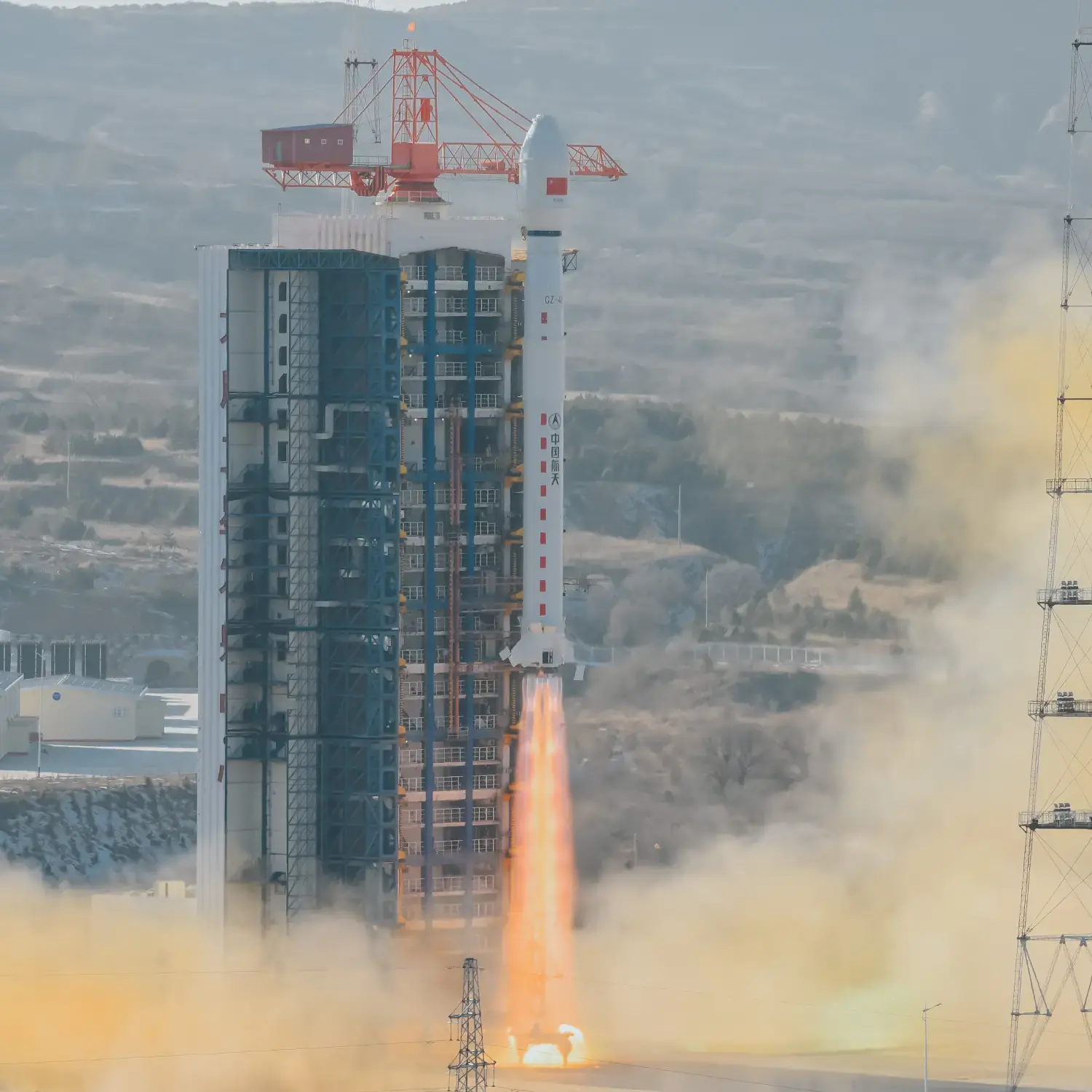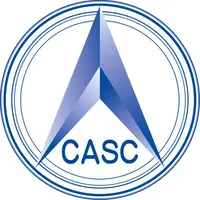/
CBERS-1 & SACI 1
Launch Success
Liftoff Time (GMT)
03:15:00 AM
Thursday October 14, 1999
Mission Details
CBERS-1
China–Brazil Earth Resources Satellite 1 (CBERS-1), also known as Ziyuan I-01 or Ziyuan 1A, is a remote sensing satellite that was operated as part of the China–Brazil Earth Resources Satellite programme between the China National Space Administration and Brazil's National Institute for Space Research.
Sun-Synchronous Orbit
1 Payload
1,450 kilograms
SACI-1
SACI (Satélite Científico 1) is a 60 kg scientific satellite (Satellite Cientifico). The spacecraft was built by the Brazilian space agency (INPE) and placed into a 732 × 747 km sun-synchronous orbit together with the joint Chinese and Brazilian remote sensing satellite CBERS 1 as primary payload. The satellite carries four scientific payloads in order to investigate plasma bubbles in the geomagnetic field, air glow, and anomalous cosmic radiation fluxes. It also carries various platform technology developments. The spacecraft has four deployable panels. The ground segment comprises two main stations, and user ground data collecting stations. It is reported that contact with the spacecraft was lost shortly after launch due to either a communications system, antenna, or computer failure.
Sun-Synchronous Orbit
1 Payload
60 kilograms
Rocket


Agency
CASCPrice
$64.68 million
Rocket
Height: 46.97m
Payload to Orbit
LEO: 4,200 kg
GTO: 1,500 kg
Liftoff Thrust
2,993 Kilonewtons
Fairing
Diameter: 3.8m
Height: 11.74m
Stages
3
Launch Site
Stats
Long March 4B
2nd
Mission
2nd
Mission of 1999
1999
59th
Orbital launch attempt